How can I verify my flow transducer’s calibration?
While the default calibration values for each model of DYNOmite flow transducer provide reasonable accuracy, flow testing your individual unit insures maximum precision.
Frequency-based turbine-style flow transducers use a Flow Factor (gain multiplier) to scale their raw channel output frequency (whether in RPM or Hertz) into a high level final flow reading. Most liquid transducers are fairly linear (except when used above or below their recommended flow ranges). Note: Non-linear models require an exponential multiplier and/or an Edit Correction Table.
If you have an accurate electronic transducer, mechanical (sight glass style) flow meter, or test flow bench you can use it (in series with your device) to adjust DYNO-MAX’s Flow Factor (until both devices’ readings match). If you do not have access to such calibration equipment, your transducer can be calibrated with a simple volume (or weight) vs. time flow test – as follows:
WARNING: TO PREVENT FIRE OR EXPLOSION, DO NOT PERFORM THE FOLLOWING TEST USING GASOLINE (OR OTHER FUELS) WITHOUT APPROPRIATE SAFETY PRECAUTIONS.
1) Disconnect the fuel line (after your flow transducer) from the fuel rail or carburetor. Route that output to spare catch pail #1.
2) Turn on the fuel pump and wait for the pressure to stabilize and all bubbles to clear.
3) Quickly switch the hose to a 2nd (clean and dry) sample pail #2 while you simultaneously press DYNO-MAX’s Record button to capture fuel flow data.
Note: Do not use “A – B” for this test, you just want what is running thought the single “A” transducer alone. Also, if the flow is not steady, you may need to add a discharge restriction orifice to raise the fuel system’s testing pressure slightly.
4) After approximately 60 seconds, quickly switch the hose back to pail #1 and simultaneously press Pause to end the recording.
5) Measure the volume (or weight if you have an accurate grams scale) of fuel that was flowed – and also note the duration of the recording. Note: If you are comparing results by weight, you must also enter the fuel’s correct specific gravity into DYNO-MAX.
6) Graph the results and compare your average bucket test measurement’s flow rate with the average graph data points flow.
7) Adjust DYNO-MAX’s flow factor up or down (as required) by the percentage of error.
Tip: Repeat the test for verification – if results vary, or require large adjustments to the transducer’s default Calibration Flow Factor, you are doing something wrong!
Example: If in 60 seconds the test flows 2 pounds of fuel, that equals 120 pounds per hour. If DYNO-MAX’s Fuel PPH data was hovering at 117 pounds per hour during the test, you would need to adjust its channel calibration gain (flow factor) by 2.5%.
Tip: A DYNOmite-Basic board’s “Final Reading” is in Pound per Hour (so the Specific Gravity must also be correctly preset before recalibration). However, DYNOmite-Pro board’s “Final Reading” is in Gallons per Hour.
For more about calibration – see required testing accuracy.
